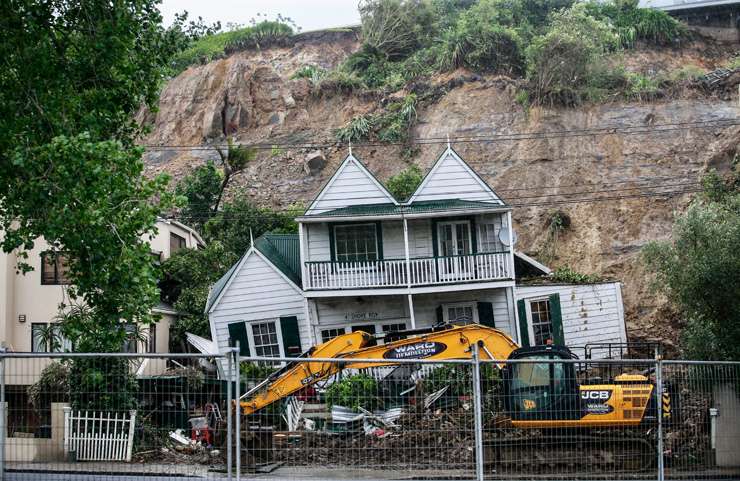Getting a coloured sticker or placard on your flood-damaged house does not mean it’s there forever but it can be the start of complex and time-consuming issues to overcome.
The system involves placards and colours - white, yellow and red – which have different access levels.
According to Auckland Council, white means the building has suffered light or no damage and can be accessed, although it does not necessarily mean the building is safe as there could be “unobserved” damage.
Yellow means access is restricted because the building may have received “sustained moderate damage”. There could be some areas which pose a significant hazard and cannot be used but it may be possible to remove valuables and property.
Start your property search
Red means the building cannot be entered because it is deemed unsafe and has sustained “moderate or heavy” damage and poses a significant risk to health or life.
An insurance insider, who didn't want to be named, told OneRoof stickers are all about safety.
“The council can put them on and only the council can take them off.”
A red sticker might not apply just to buildings, either – people might not be allowed in the garden.
The restrictions of a yellow sticker will be particular to the property and it may be the homeowner can enter within certain hours, or to recover things.
“In some cases it might be that you're allowed in this part of the property but not others, so it might be one room that's really damaged, or you can go to the front of the house but you can't go to the backyard.”
Council inspectors have been out in Auckland undertaking what are called rapid assessments, then they move on.
With a red-stickered building, insurance assessors may not be able to gain access because they are locked out, as well, and the assessor would generally work with the council to gain access for an assessment.
Council staff return to do a more thorough assessment and may then allow certain people into the property, such as emergency services or people to do remedial work.
“You might let specialist engineers or builders in to do something under whatever conditions the council sets.”
Most red stickers don't stay there that long before there is a notice which sets out more conditions for entry, he says.
For some properties it's possible an emergency demolition would take place, which again is a council controlled matter and again is about safety.

A house on Shore Road, in Remuera, has tipped over after heavy rain caused landslips and widespread destruction across the Auckland region. Photo / Alex Burton
And sometimes red stickers do stay on a property a long time because sometimes it can take a long time for the hazard to be managed.
“If that place remains at risk of landslip, for example, you can understand why that sticker would persist.”
But a red sticker doesn't automatically mean it's all over for your house: “What it means is there's a safety issue - don't go near it.”
The insider’s advice is to lean on your insurance companies, not just for emergency accommodation but as a shoulder to cry on.
Staff are used to emotional people and can walk them through the process.
“People ring insurers when bad things have happened and people do cry on the phone. We're not counsellors but we are there for that as well - you don't ring and make a claim because everything's great, that's never the case.”
James Wilson, head of valuation for OneRoof data partner Valocity, says the immediate term for red-stickered properties is going to be painful as owners try to navigate whether they can rebuild, and if the property can be fully remediated.
“They're all somewhat unique in the sense that there's something that's going to happen to those properties, whether it be remediation, investigation or removal, and it's unlikely they'll transact on the market anytime soon.”
Wilson says people should talk to their lawyer or insurer and not get caught up occupying a property they are not legally allowed to be in.
Auckland Council’s general manager of building consents, Ian McCormick, earlier told the New Zealand Herald stickers are legal instructions, not just advice.
Prohibiting someone from entering their own building was a big step, he said.
“It has to be really bad for us to do that. We don’t want anyone to get hurt unnecessarily.”











































































